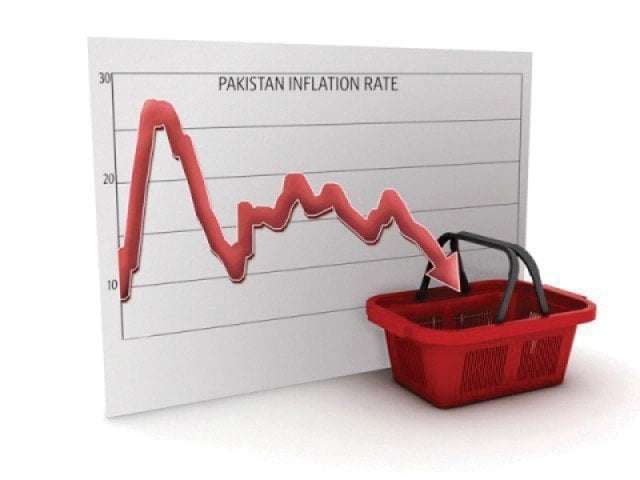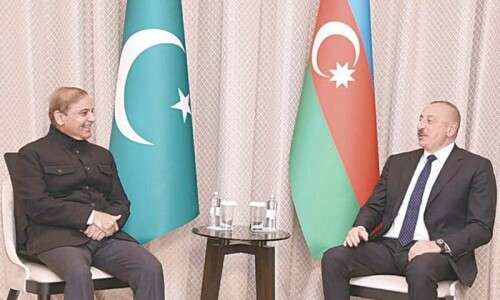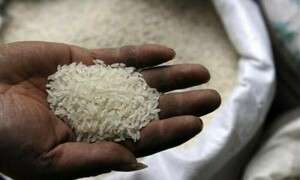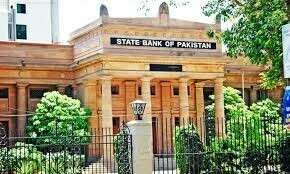Introduction
Inflation has been a major concern for economies worldwide, and Pakistan is no exception. However, recent trends indicate a much-needed relief for consumers as the Sensitive Price Indicator (SPI) continues to decline. For the sixth consecutive week, inflationary pressures have eased, mainly due to falling food prices.
The latest SPI report shows a 0.21% week-on-week (WoW) decrease, signaling a cooling-off period for inflation. Essential food items such as tomatoes, potatoes, onions, chicken, and pulse gram have witnessed price reductions, contributing to the overall decline. The year-on-year (YoY) SPI stands at 1.2%, the lowest in nearly seven years.
In this detailed analysis, we will break down the SPI trends, examine the factors driving price reductions, and explore future economic implications.
H1: Inflation Trends in Pakistan – A Positive Shift
H2: SPI Declines for the Sixth Consecutive Week
The latest report from Topline Research and the Pakistan Bureau of Statistics (PBS) reveals a 0.21% WoW decline in the SPI for the week ending February 6, 2025. This marks a six-week consecutive decline, indicating a significant improvement in price stability.
A deeper analysis of the report highlights the primary contributors to this decline:
- Tomatoes: -11%
- Potatoes: -6%
- Onions: -4%
- Chicken: -4%
- Pulse Gram: -2%
The drop in food prices has had a substantial impact, making basic food staples more affordable for consumers.
H2: Yearly Inflation Hits Seven-Year Low
On a YoY basis, Pakistan’s weekly SPI stood at 1.2%, its lowest level in almost seven years. This drop suggests that inflationary pressures are easing, primarily due to improved supply chains and stable agricultural output.
According to analysts, this decline indicates that inflation in Pakistan may be stabilizing, especially in the food sector. If this trend continues, consumer purchasing power will improve, positively impacting the overall economy.
H1: Breakdown of Price Movements
H2: Major Price Declines – Food Items Lead the Way
The Pakistan Bureau of Statistics (PBS) report further details the specific percentage declines for essential food items:
- Tomatoes: -11.42%
- Potatoes: -5.99%
- Onions: -4.38%
- Chicken: -3.95%
- Pulse Gram: -1.72%
- LPG: -1.08%
- Pulse Mash: -0.82%
- Rice IRRI-6/9: -0.54%
- Mustard Oil: -0.47%
These reductions have played a key role in lowering the overall SPI, benefiting consumers, particularly those from low-income households.
H2: Price Increases – A Few Commodities Still Rising
Despite the overall decline in inflation, some essential goods experienced price hikes during the same period. The highest increase was observed in:
- Bananas: +3.25%
- Diesel: +2.67%
- Sugar: +1.78%
- Garlic: +0.44%
- Powdered Salt: +0.39%
- Petrol: +0.38%
- Cigarettes: +0.25%
- Long Cloth: +0.24%
- Powdered Milk: +0.07%
- Cooking Oil (5 Litres): +0.04%
- Rice Basmati Broken: +0.03%
The rise in petroleum product prices is expected to impact transportation costs, potentially causing indirect inflationary effects on other goods.
H2: Distribution of Price Changes
Out of the 51 items tracked in the SPI, the distribution of price changes was as follows:
- 13 items (25.49%) saw an increase
- 16 items (31.37%) recorded a decrease
- 22 items (43.14%) remained stable
This data suggests that while food prices are declining, energy costs and certain non-food essentials remain volatile.
H1: What’s Driving the Inflation Drop?
H2: Improved Agricultural Supply
One of the primary reasons behind the decline in food prices is an improved agricultural supply. A better crop yield and favorable weather conditions have ensured an adequate supply of staple foods, reducing market shortages.
H2: Government Interventions and Policies
The Pakistani government has implemented several measures to control inflation, including:
- Subsidies on Essential Commodities
- Market Price Monitoring
- Reduced Fuel Import Costs
- Lowering Taxes on Food Imports
These measures have helped curb inflationary pressures and stabilize prices.
H2: Strengthened Currency and Reduced Import Costs
The Pakistani rupee has shown signs of stability against the US dollar, reducing the cost of importing goods. This has led to lower production costs, particularly for goods heavily reliant on imported raw materials.
H1: Future Outlook – Will Inflation Continue to Decline?
H2: Challenges Ahead
While the recent decline in inflation is encouraging, several factors could influence future price trends, including:
- Global Oil Prices: If international crude oil prices rise, domestic fuel costs will increase, impacting transportation and overall inflation.
- Climate and Crop Yields: Any adverse weather conditions could disrupt food supplies, reversing the recent price drops.
- Currency Fluctuations: A depreciation of the Pakistani rupee could lead to higher import costs, driving up inflation again.
H2: Economic Predictions for 2025
Experts predict that if food prices remain stable and energy costs are controlled, Pakistan’s inflation rate could continue to decline in the coming months. However, policymakers must remain vigilant and take proactive steps to maintain economic stability.
H1: FAQs – Inflation and Its Impact on Consumers
H3: 1. Why is Pakistan’s inflation rate dropping?
The primary reasons include lower food prices, improved agricultural output, and effective government policies aimed at stabilizing the market.
H3: 2. Will fuel prices continue to rise in Pakistan?
Fuel prices depend on global oil trends and government policies. If international crude oil prices increase, fuel costs in Pakistan may rise as well.
H3: 3. How does inflation impact the common citizen?
When inflation drops, basic necessities become more affordable, improving the purchasing power of the average consumer and reducing financial stress on households.
H3: 4. What is the role of the Pakistan Bureau of Statistics (PBS) in tracking inflation?
PBS monitors and reports weekly, monthly, and yearly inflation trends based on the Sensitive Price Indicator (SPI), which tracks price changes in essential commodities.
H3: 5. Can inflation rise again in Pakistan?
Yes, inflation can increase if fuel costs surge, currency depreciation occurs, or food supply disruptions arise due to climate-related issues.
Conclusion
Pakistan’s inflation rate has been steadily declining, with SPI falling for the sixth consecutive week. The drop in food prices has played a crucial role in easing economic pressures on consumers. However, rising fuel costs and global market fluctuations remain potential risks.
Moving forward, the government must continue implementing effective policies to sustain this positive trend. With careful economic planning and monitoring, Pakistan can ensure long-term financial stability for its citizens.



